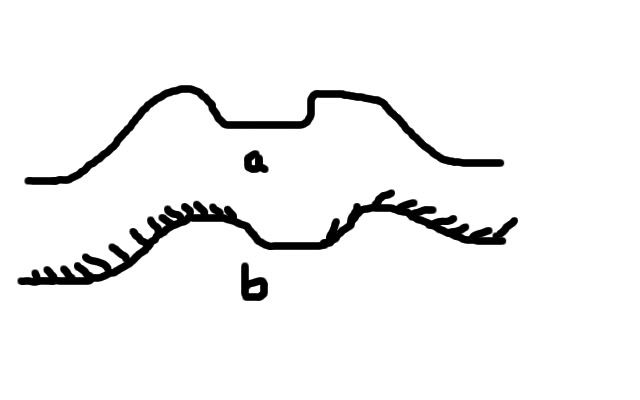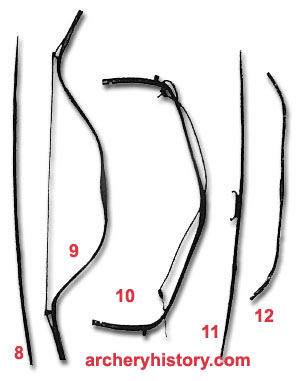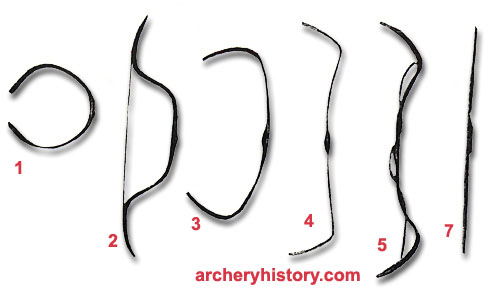Rahul M wrote:why we didn't develop mounted archery is a very perplexing question, we had both the ingredients in good supply, cavalry and good archers. even a light cavalry specifically meant to deal with mounter archers could have possibly done the trick.
Airavat has given a good explanation, I’ll add my bits.
1. The steppe nomads primary source of food was hunting, they didn’t practice agriculture. Hence children practiced archery. Indian hunts were for sport, that involved beaters herding sport. Common Indian soldiers were farmers when not at war, and rarely hunted with the frequency or skillfulness of a nomadic tribe hunting a huge herd of deer tracking them for days. The Delhi Sultanate Turks and later Mughals lost those skills as they settled in India.
2. Composite bows lose lamination and decay with humidity. The ingredients provided by domesticated animals is not good enough, while hunting was not a daily practice as in Central Asia. One needs to understand that bow manufacturing and repair was a daily routine and not one time activity. However, given the lack of daily hunting in India, ample supply of raw material was unavailable. Prolonged stay in the humid subcontinent made the bows useless.
3. The eastern side of the Indus onwards is a tropical geography. The humid environment, unlike the dry climate of Central Asia, is a good breeding ground for diseases, and horses suffered a terrible mortality rate in India. Every soldier needed 3-4 horses and switched horses every 3-4 hours to avoid fatiguing them. Throughout history, most Indian rulers imported horses from Balkh and Central Asia. Marwari and Kathiyawari horses were sufficient only for Rajput armies. Non Rajput armies, initially the Hindu states in the hinterland like Sen, Yadava, Hoysala and Kakatiya and later the Sultanate, and later Mughals were completely dependent on imports. Bakhtiyar Khilji’s troops pretended to be horse traders, and hence were allowed uncontested by the Sen army in Bengal. Until the Dakhani breed, there was no indigenous breed that could survive Indian climatic conditions.
4. One their Central Asian troop, supplies and logistic flow dried up, like Delhi Sultanate at Panipat and Mughals at Karnal, they were as vulnerable as their predecessors.
So, to sum it up, we never had the raw materials and we never had the imperative to hone those skills.
peter wrote:Also what could be the reason that in the land where archers like Rama and Arjuna were praised for their archery skills their supposed descendants gave up on this skill and had to relearn it?
Archery skills were always present, mounted archery wasnt. Balkh was a part of Aryavarta and Ramayana, Mahabharata and Kalidasa Raghuvansham mentions horses from Balkh and Kamboj being prized by local rulers. So while horses were available in those days, once Turkish suppliers like Bakhtiyar Khilji, who was a first generation convert, put religious preferences forefront, then supply to local kingdoms dried up.
peter wrote:Are you sure about the infantry bit? Whatever I have read seems to point that infantry was not really the norm atleast in rajasthan.
Yes, numerous books. Other than Rajput wars, the numerical superiority of Indians was infantry. Indians were always short of cavalry until the Maratha deployed the Dakhani breed. One example
http://en.wikipedia.org/wiki/Battle_of_Talikota
peter wrote:Which battle did you have in mind for the single charge? There are many counter examples.
I find Indians made only frontal attacks in major battles, no pincer movements, no outflanking attempts.
http://en.wikipedia.org/wiki/Battles_of_Tarain
http://en.wikipedia.org/wiki/Battle_of_Khanwa
http://en.wikipedia.org/wiki/Battle_of_Panipat_(1761)
peter wrote:tsarkar wrote:The importance of maneuver warfare is repeatedly lost on Indian Armies.
What do you mean by this?
The simple reason that Prithviraj Chauhan allowed himself to be encircled at Tarain and the Marathas could not keep their supply lines open at Panipat, they lost freedom of maneuver.
From
http://en.wikipedia.org/wiki/Battle_of_Khanwa "they made repeated desperate attacks on the Emperor's center"
I dont find any mention of rear guards, pincer movements, outflanking attempts, cutting off supply lines, etc by Indian forces. The only notable exception was Shivaji and the Marathas. Otherwise all I read is frontal attacks.







